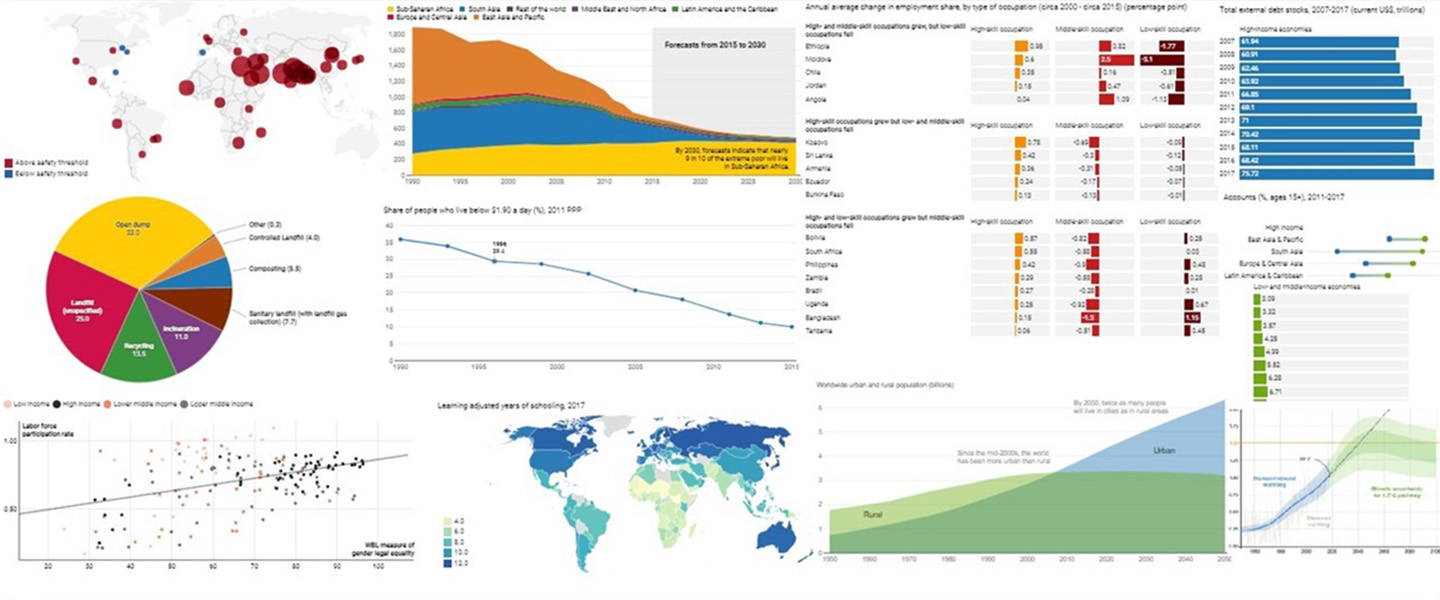4. The window for keeping global warming to 1.5 degrees C is closing – rapidly
In an influential report, the Inter-Governmental Panel on Climate Change warned that the world must accomplish “rapid and far-reaching” low-carbon transitions in land, energy, industry, buildings, transport, and cities to keep global warming to 1.5°C. The IPCC said that human-caused emissions of carbon dioxide need to fall 45 percent from 2010 levels by 2030 and reach net-zero around 2050. The planet has already warmed to 1°C above pre-industrial times, causing “profound alterations to human and natural systems, including increases in droughts, floods, and some other types of extreme weather; sea level rise; and biodiversity loss.”
According to the report, “By 2100, global sea level rise would be 10 cm lower with global warming of 1.5°C compared with 2°C. The likelihood of an Arctic Ocean free of sea ice in summer would be once per century with global warming of 1.5°C, compared with at least once per decade with 2°C. Coral reefs would decline by 70 to90 percent with global warming of 1.5°C, whereas virtually all (greater than 99 percent) would be lost with 2°C.”
The World Bank Group’s Shock Waves study estimated an additional 100 million people could be pushed into extreme poverty by climate change. According to the new World Bank report Groundswell - Preparing for Internal Climate Migration, without urgent global and national climate action, Sub-Saharan Africa, South Asia and Latin America could see more than 140 million people move within their countries’ borders by 2050. On December 3, the Bank announced that it would double its current 5-year climate-related investments to around $200 billion to support countries taking ambitious climate action, spur renewable energy, and help people adapt to climate change.


